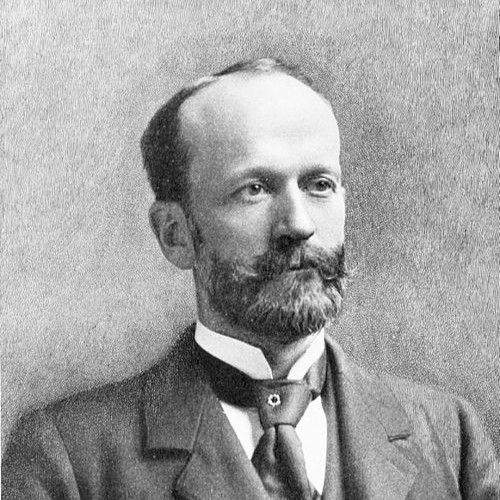
Charles Doolittle Walcott
Charles Doolittle Walcott was born on March 31, 1850 in New York. Newport, Rhode Island and was an important geologist and paleontologist who specialized in the Cambrian Period. He served as the fourth secretary of the Smithsonian Institution and made great service in advancing the Institution for the benefit of science.
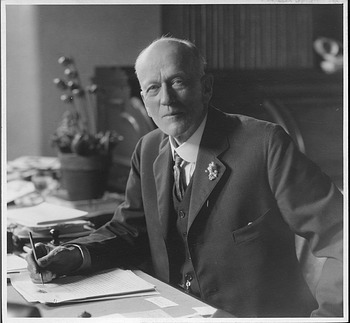
His academic trail started at Yale College, where he was learning geology and paleontology; then New York Institute for the Blind- showing his enthusiasm in learning.
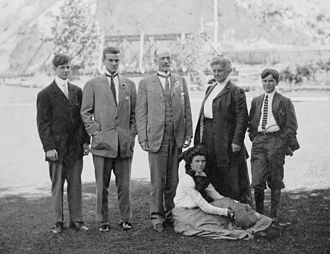
When he began his professional career as a paleontologist at the United States Geological Survey (USGS) he attained many discoveries. In 1876 he found the Burgess Shale trilobite in the Rocky Mountains and shed more light on the diversification of life in the form of the Cambrian explosion about 500 million years ago.
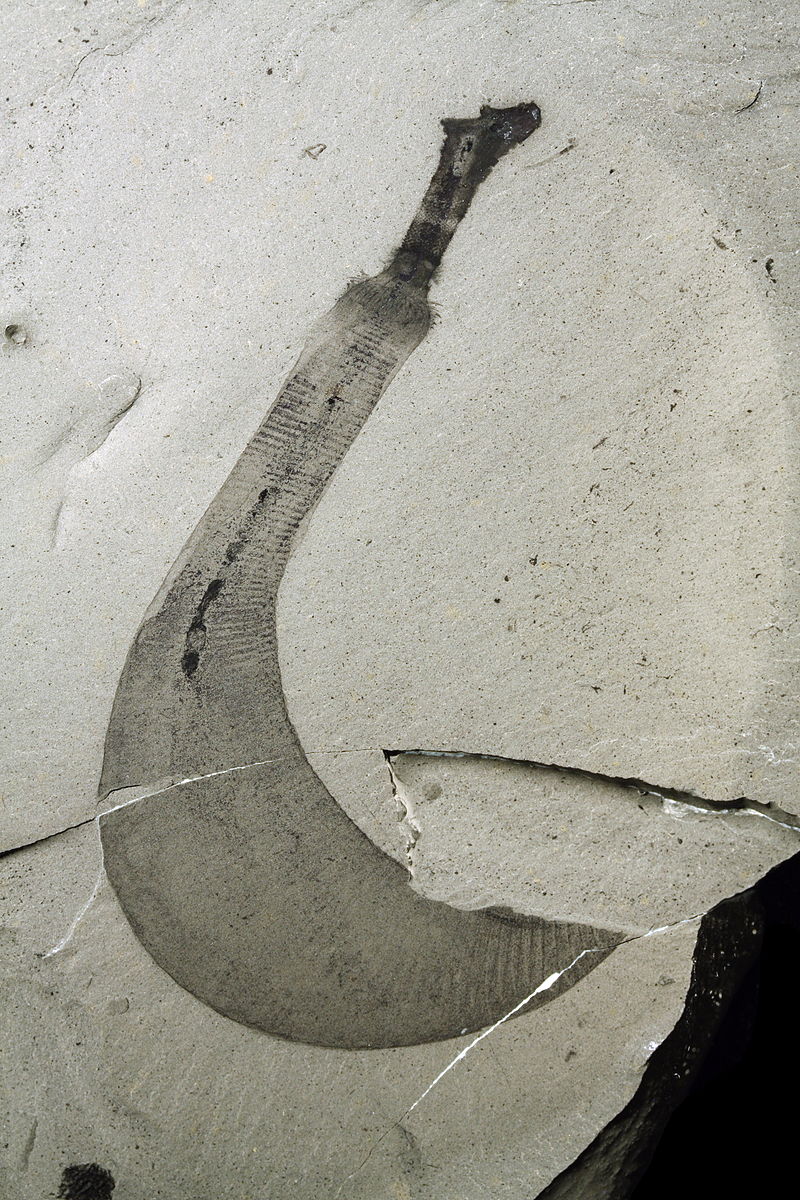
Walcott served as the director of the Smithsonian Institution from 1907 to 1927 and undertook many scientific explorations, which greatly developed the study of paleontology. His achievements were honored by three awards namely the Mary Clark Thompson Medal from National Acadamy of Science and Wollaston Medal of Geological Society of London.

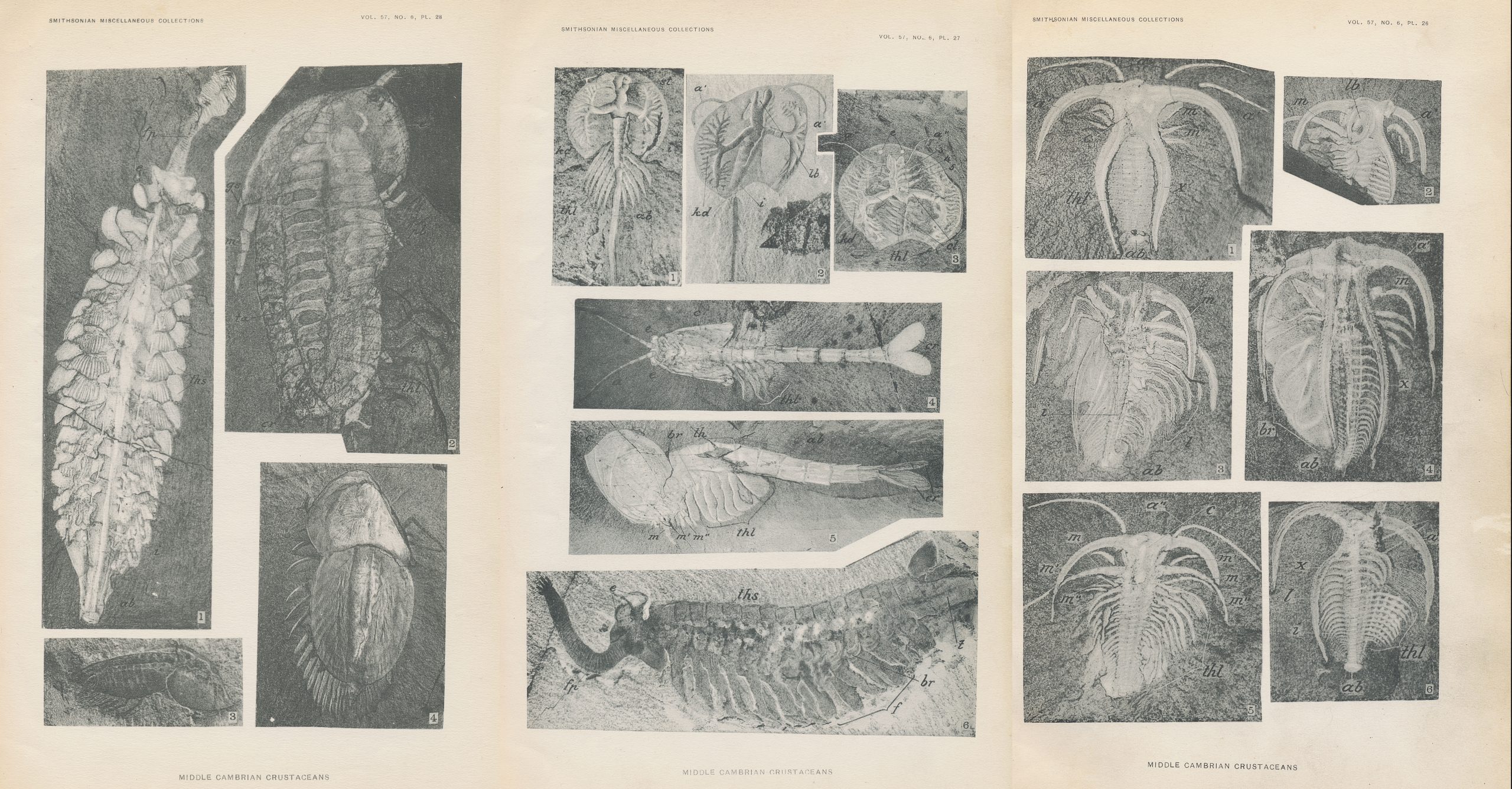
His commitment to science and exploration and his immense and insightful work towards the knowledge of the Earth’s geology are Waccolt’s major achievements. Thus, the Burgess Shale is an example of his works, and his contribution remains significant for the further development of paleontology as the science studying the history of the Earth evolution.